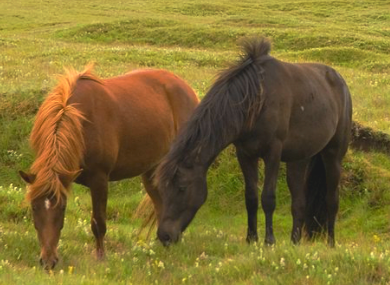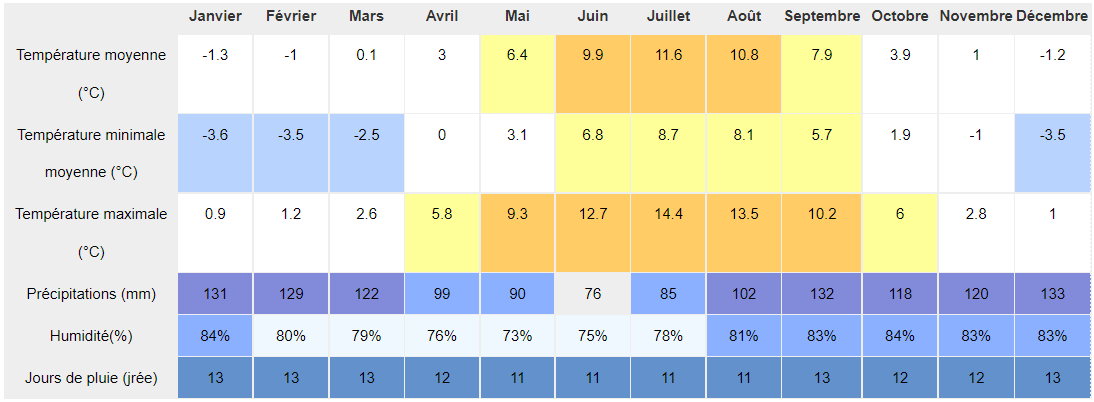HORSE RIDING IN ICELAND
Iceland is one of the most fascinating destinations for horse riding. With its austere volcanic landscapes, geysers, glaciers, waterfalls and deep fjords, horse riding in Iceland is a unique and exhilarating experience. This large island, floating on the edge of the Arctic Circle in the North Atlantic, is a captivating and often exhilarating place for horse riding.
 Characterized by its volcanic landscape and its intact fjords, the terrain is often hilly. Most horse treks in Iceland provide two or three times the usual number of horses to avoid exhaustion on rough terrain. The only breed of horse in Iceland is the robust Icelandic horse. These strong and safe horses were first introduced to Iceland by the Vikings in the 9th century. Because of their Scandinavian heritage, they are often called "Viking horses". In a unique way, the Icelandic horse has 5 gaits: the fetgangur (walk or not), the brokk (trot), the tölt (fast walk), the skeið (intermediate gait) and the stökk (gallop). Icelandic horses are well adapted to the harsh environment of Iceland and, small but impressively robust.
Characterized by its volcanic landscape and its intact fjords, the terrain is often hilly. Most horse treks in Iceland provide two or three times the usual number of horses to avoid exhaustion on rough terrain. The only breed of horse in Iceland is the robust Icelandic horse. These strong and safe horses were first introduced to Iceland by the Vikings in the 9th century. Because of their Scandinavian heritage, they are often called "Viking horses". In a unique way, the Icelandic horse has 5 gaits: the fetgangur (walk or not), the brokk (trot), the tölt (fast walk), the skeið (intermediate gait) and the stökk (gallop). Icelandic horses are well adapted to the harsh environment of Iceland and, small but impressively robust.
Horseback riding in Iceland: the dream of many riders ! Iceland has an area of nearly 40,000 square miles. Iceland lies halfway between North America and mainland Europe, and borders the Arctic Circle to the north. The landscapes are magnificent and varied to travel on horseback: glaciers, waterfalls, active volcanoes and lava deserts, mountains, fjords and valleys. Iceland is famous for the Icelandic horse: a small and sturdy breed, which has evolved over centuries. The Vikings brought the first horses to Iceland around 1100 years ago and the breed has remained pure. DNA studies of the Icelandic horse show that it is related to the horse of Shetland, Norway and Mongolia. Horses have evolved a lot since their arrival in Iceland. Both man and nature have created a strong and resilient breed. The natural development of the Icelandic breed is mainly related to its ability to survive. A recent study shows that horses' intestines are larger and more developed than in other breeds, which could prepare them for winter. They gain weight in autumn, their hair grows abundantly, to increase their resistance to winter.
Contrary to popular belief, it is never very cold in Iceland: the average temperature in summer is 12.5°C, with sometimes peaks of 20°C! At night, of course, it is cooler and it can even snow sometimes in August, at altitude or in the interior of the island. In winter, the mercury can drop to -15°C, but the average temperature in Reykjavík in January is 0.5°C, and the thermometer most often fluctuates between -5 and 5°C. "If you don't like the weather, wait a few minutes"... the saying illustrates the instability of the Icelandic climate ! Thus, weather forecasts are, in general, quite unreliable. On horseback in Iceland, it is best to keep raincoats and warm clothing handy.

Source: https://fr.climate-data.org/europe/islande/reykjavik/reykjavik-764736/
Passport or identity card valid for the entire duration of the stay for Europe Union nationals and Swiss nationals, valid at least 3 months after the return date for Canadian nationals.
Please note that French identity cards issued to adults between January 1, 2004 and December 31, 2013 are still valid 5 years after the expiry date indicated on the back. On the other hand, no material modification will attest to this. To avoid any inconvenience, it is advisable to travel with your passport or to download the certificate from the Ministry of Foreign Affairs explaining this rule.
In 2001, without being part of the European Union, Iceland joined the Schengen Convention on the free movement of persons. There are therefore no border controls for EU nationals.



